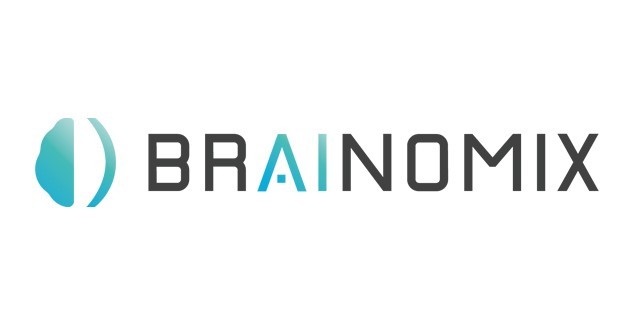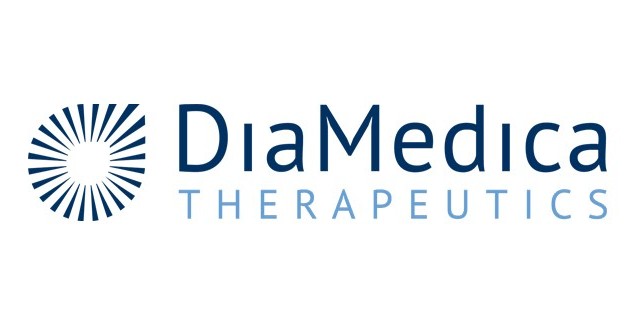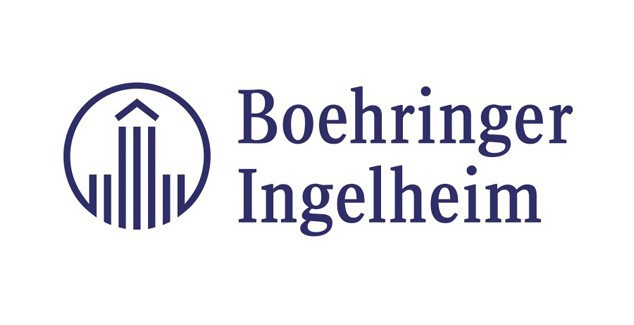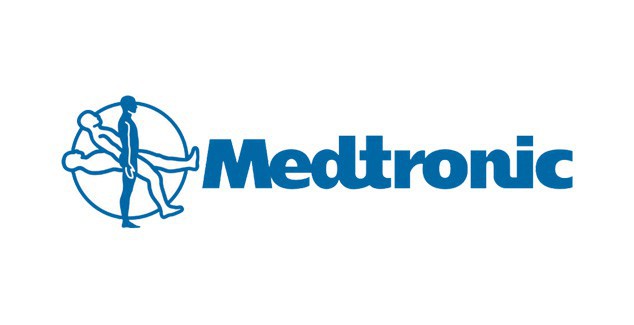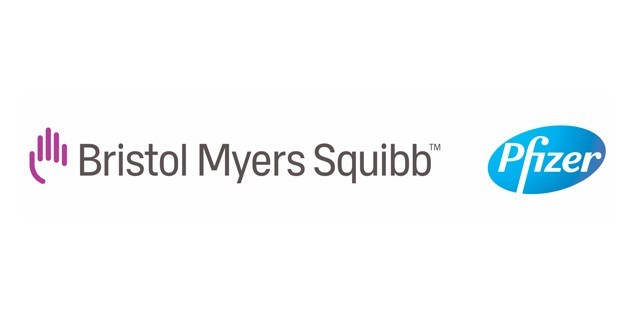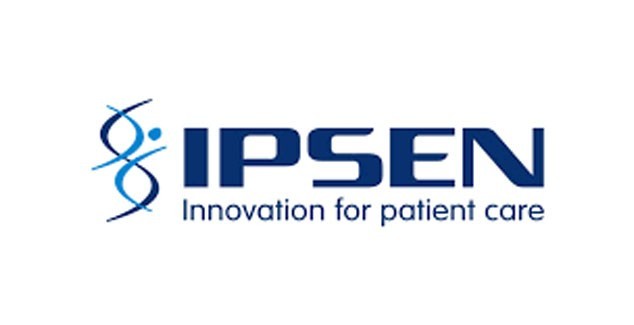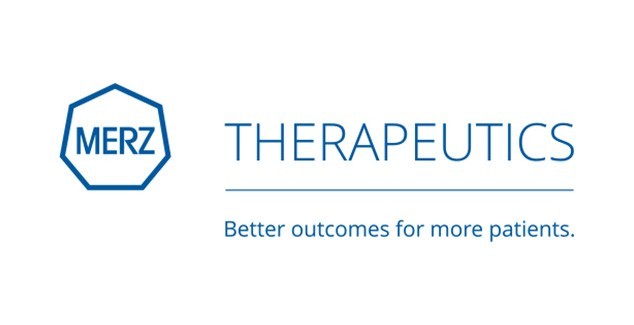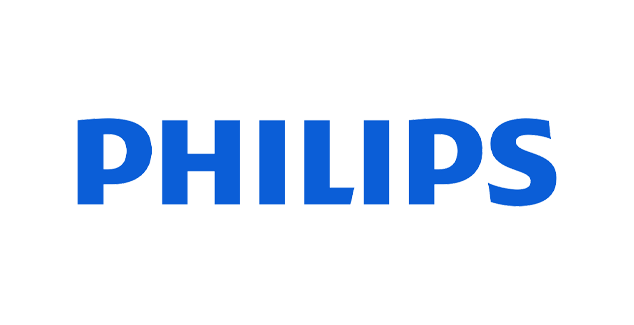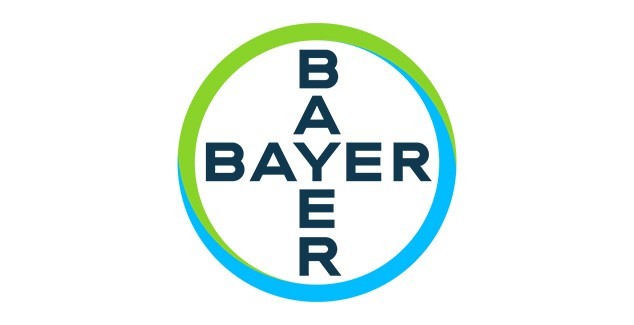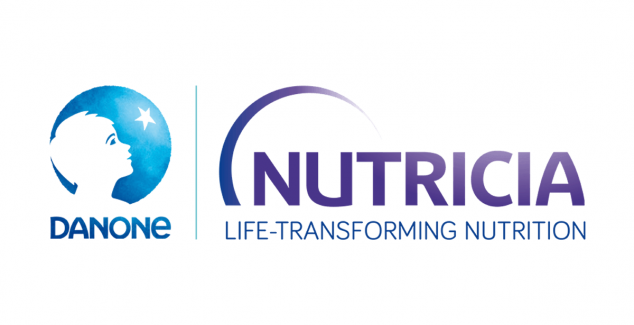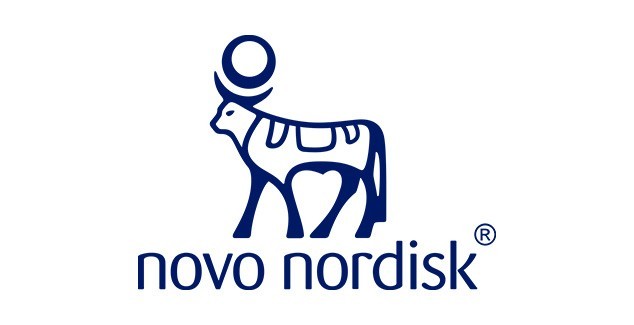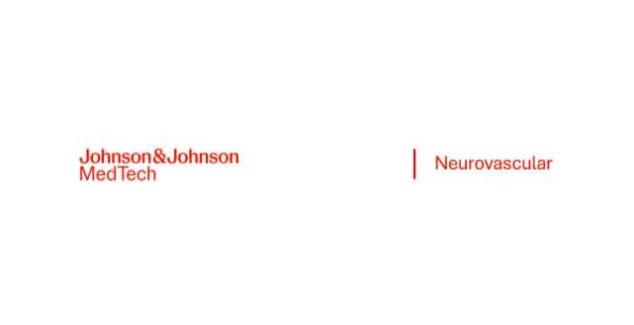Piauí is a state in northeastern Brazil, estimated to be home to over 3 million people. Recent data from the Project for the Evaluation of the Health System's Performance (PROADESS) identified places like Piauí to have some of the highest cerebrovascular disease mortatility rates in Brazil, at 70.2 deaths per 100,000 inhabitants, significantly exceeding the national average of 44.9.1
A statewide initiative to improve stroke care launched in 2022.1 One of these initiatives aimed to connect patients in rural and remote areas with stroke specialists using telemedicine. The main aim of the telestroke initiative being to ensure appropriate thrombolytic treatment within a 4.5 hour window and to optimise patient outcomes through reduction of door-to-needle times.
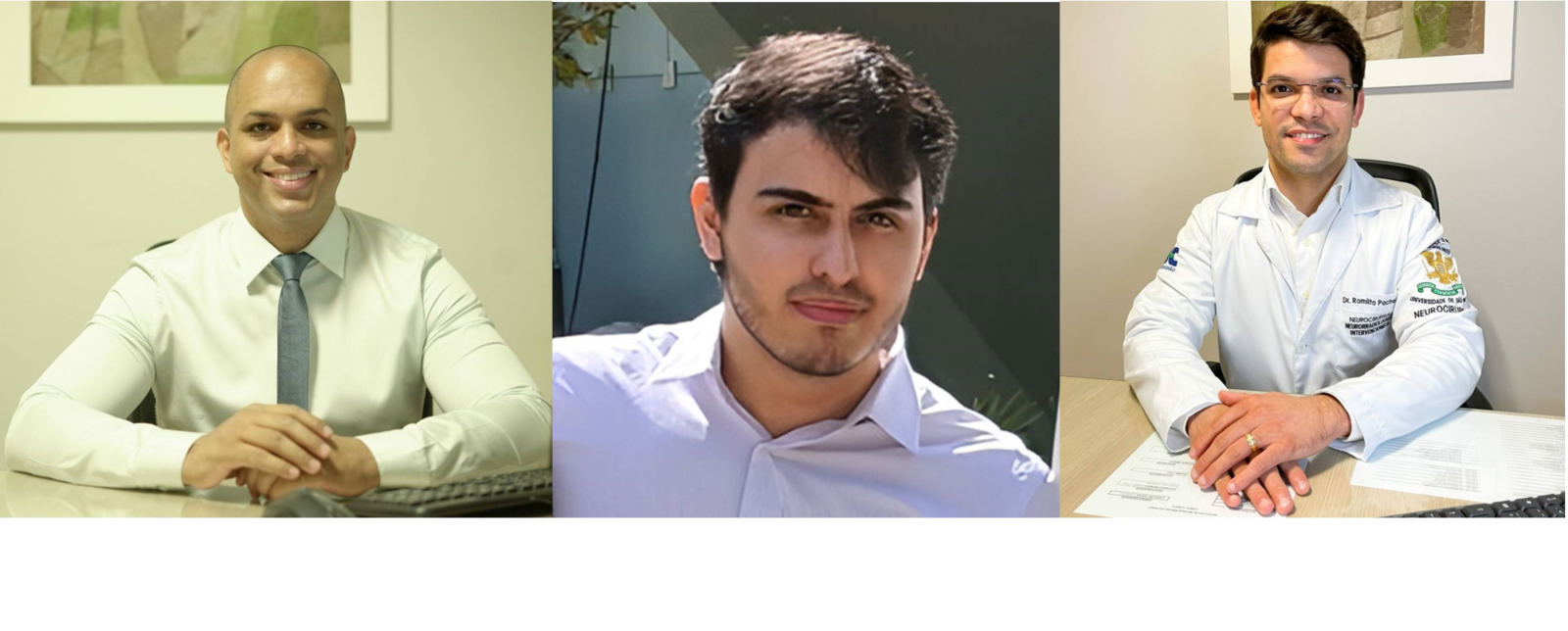
The Principal Authors (LR): Irapuá Ferreira Ricarte, Ícaro Araújo de Sousa and Romilto Costa Pacheco Neto.
“In these rural areas there is a shortage of specialist neurologists equipped to deal with stroke care” explained Dr de Sousa “where there are reduced resources, we hoped that telemedicine would be able to reduce treatment delays and improve outcomes for patients”
Dr de Sousa and the team wanted to look into this further, to test whether the telemedicine programme did actually result in improvements to stroke care and outcomes in the Piauí region during its inaugural year.

Figure 1. Stroke Treatment Centres in Piauí, Brazil
From October 2022 to September 2023, the researchers found that of thrombolysis was carried out in just over a third of ischaemic stroke patients, whilst 15.6% received thrombolysis overall. The average door-to-needle time was just 67.1 minutes.
“We found that the programme did seem to be incredibly effective in its main goals” said Dr Ricarte “In around 15% of those who were thrombolysed the average door-to-needle time was just over an hour. Additionally, those who were thrombolysed showed reduced NIHSS following this”
The thrombolysis rates seen by Dr de Sousa and the team were above the national average, suggesting excellent efficacy of the programme.
“The program quickly transitioned patients from their arrival to diagnostic imaging, setting a precedent in patient care management.” explained Dr de Sousa “this is a crucial step forward, hopefully the telestroke programme can be a blueprint for similar regions to further improve stroke care and outcomes.”
References
1Linha de Cuidado do Acidente Vascular Cerebral (AVC) no adulto,” p. 52, 2021.
Author Affiliations
1-Federal University of São Paulo, Department of Neurology and Neurosurgery, Federal University of São Paulo, São Paulo, SP, Brazil
2-University of São Paulo, Ribeirão Preto Medical School, Department of Neuroscience and Behavior Sciences, Ribeirão Preto, SP, Brazil
3-University of São Paulo, Ribeirão Preto Medical School, Department of Medical Imaging, Hematology and Oncology, Ribeirão Preto, SP, Brazil
4-Uninovafapi University Centre, Department of Health Sciences, Teresina, PI, Brazil

 Member login
Member login


